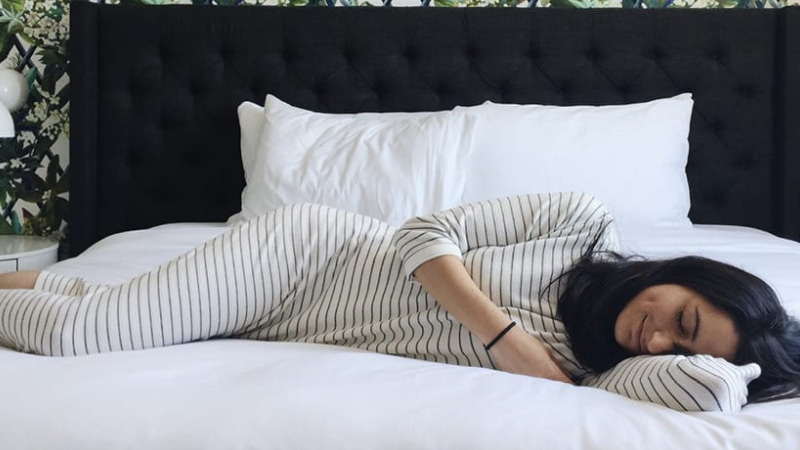Tips for Buying a New Mattress in 2020
These days we live in a rather disposable society where many goods are made to be replaced every few months or years, rather than stand the test of time. However, when it comes to products in the home, one of the big, long-lasting buys we make is our mattress. Lasting a decade or so, mattresses aid our sleep and productivity levels and ensure we don’t hurt our backs and necks.

With so many of us spending more time at home right now due to the coronavirus, and likely watching TV and reading from bed, it’s more important than ever to have the right mattress for your needs. If it’s time for you to update your old, worn-out mattress this year, follow some top tips for buying a new one.
Set a Budget
Start by setting a budget for the mattress before you go shopping. Once you’re in the stores or checking out products, you’ll be inundated with options and possibly have pushy salespeople to deal with, if in-store. Avoid buying something that isn’t right for your finances by knowing what you feel comfortable paying for a new mattress right from the start.
Consider Firmness
When comparing mattresses, one of the main things to consider is the firmness of the product. Some people like soft mattresses, some like firm, and others are somewhere in between. Decide if you like your current bed and if it has worked out for you with regards to comfort, sleeping, and general body alignment and aches or pains.
Always buy what is right for your body rather than going with trends or the cheapest options or best-value deals. Wherever possible, test a mattress in-store, or ensure the retailer will offer refunds if you get a bed you don’t like the feel of when you try it out at home. Consider Nolah Mattress for a quality mattress selection.
People who prefer firmer bases are often best with memory foam or latest mattresses, as these have less spring. On the other hand, if you like your bed to feel soft and bouncy, consider an innerspring mattress. You might also choose a pillow-top product or add a replaceable topper to a mattress to get a plusher, softer feel. There are also hybrid beds now that feature the motion isolation of memory foam and latex, paired with the bounce of innerspring cores.
Decide on Material Type
Another prime factor for decision is the material from which your mattress is made. Again, this is all about personal preference. Consider what works for your body and factors such as chemicals, allergens, and temperature.
As an example, latex and memory foam mattresses may increase your body temperature when sleeping because more of your body sinks into them, and they hold in body heat. If you prefer to stay cooler, you might like a quality organic cotton mattress for your home.
These beds are usually breathable, allowing air to flow between your skin and the environment. In turn, this keeps your temperature down. Plus, these mattresses have the added benefit of being lower in chemical residues and typically more resistant to dust mites, mold, and other allergens.
Suit Your Sleep Position(s)
Before you buy a new mattress, make sure you choose a bed that suits your sleep position(s). Do you generally sleep on your side, back, or stomach, or a mixture of ways? You’ll enjoy more restful nights if you get the right fit for your rest style.
Side sleepers tend to go with soft foam or latex mattresses or innerspring products. They do well with anything that’s soft and provides pressure relief. In particular, side sleepers need relief points built in around the shoulders and hips.
Stomach sleepers won’t want memory foam as this will make them sink into the mattress too much, and they may feel smothered. They should opt for firmer beds, like dense foam or higher-level innersprings on the firmness scale. As for back sleepers, they need a mixture of support plus some give to keep their spine in proper alignment. They can use most types of mattress, but need to test them to see what feels best.
When you’re shopping for your next mattress, also
- Select the right-sized bed for your needs
- Investigate the likely longevity of mattresses and the warranties that come with them
- Check to see what return policies are available if you don’t like the bed once you test it out at home
- Read reviews about the brands and specific mattresses on your shortlist
The more strategic you are about your mattress selection, the more likely it is that you’ll get the right bed for you and will be able to enjoy it for ten or more years to come.



